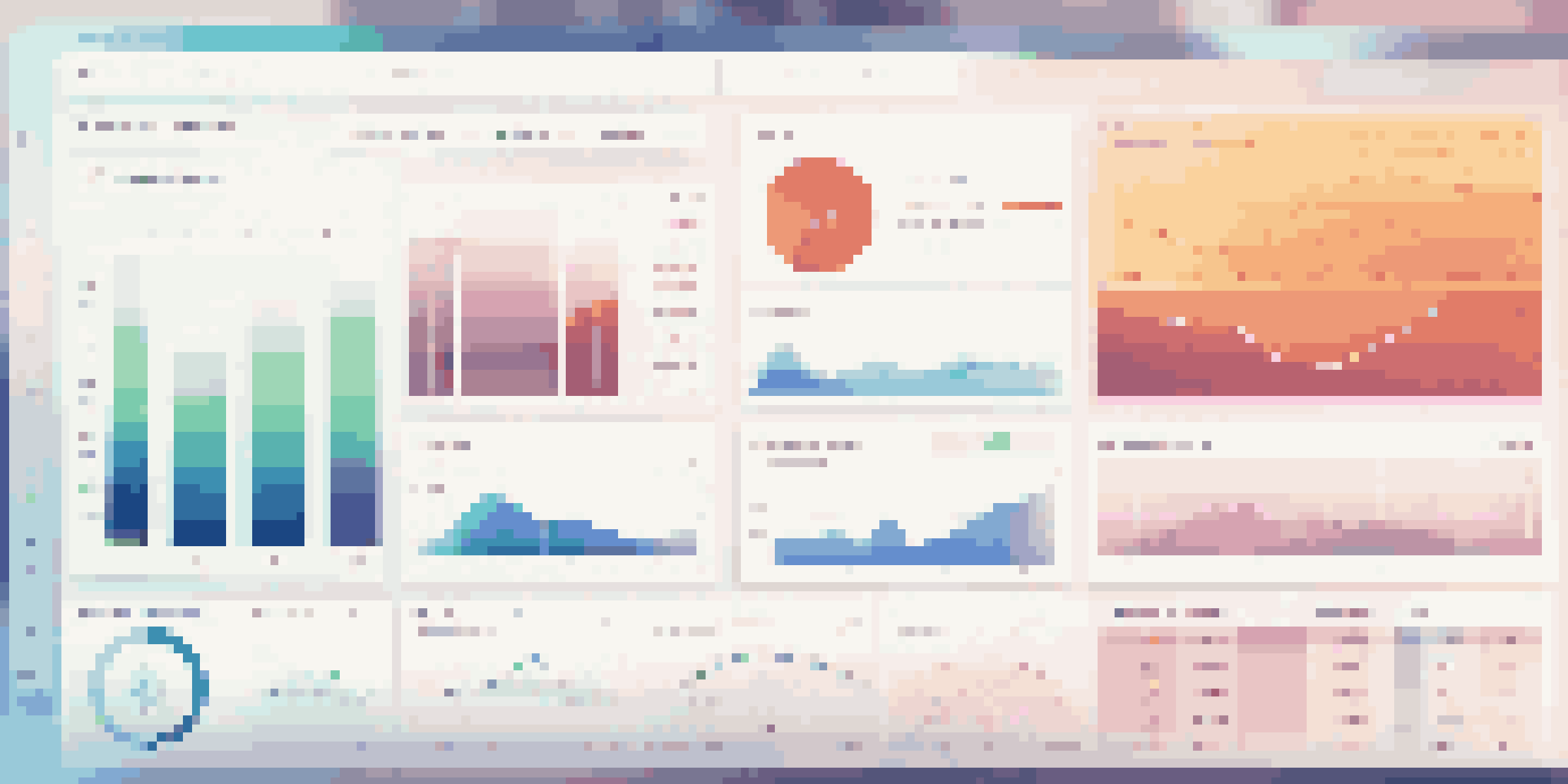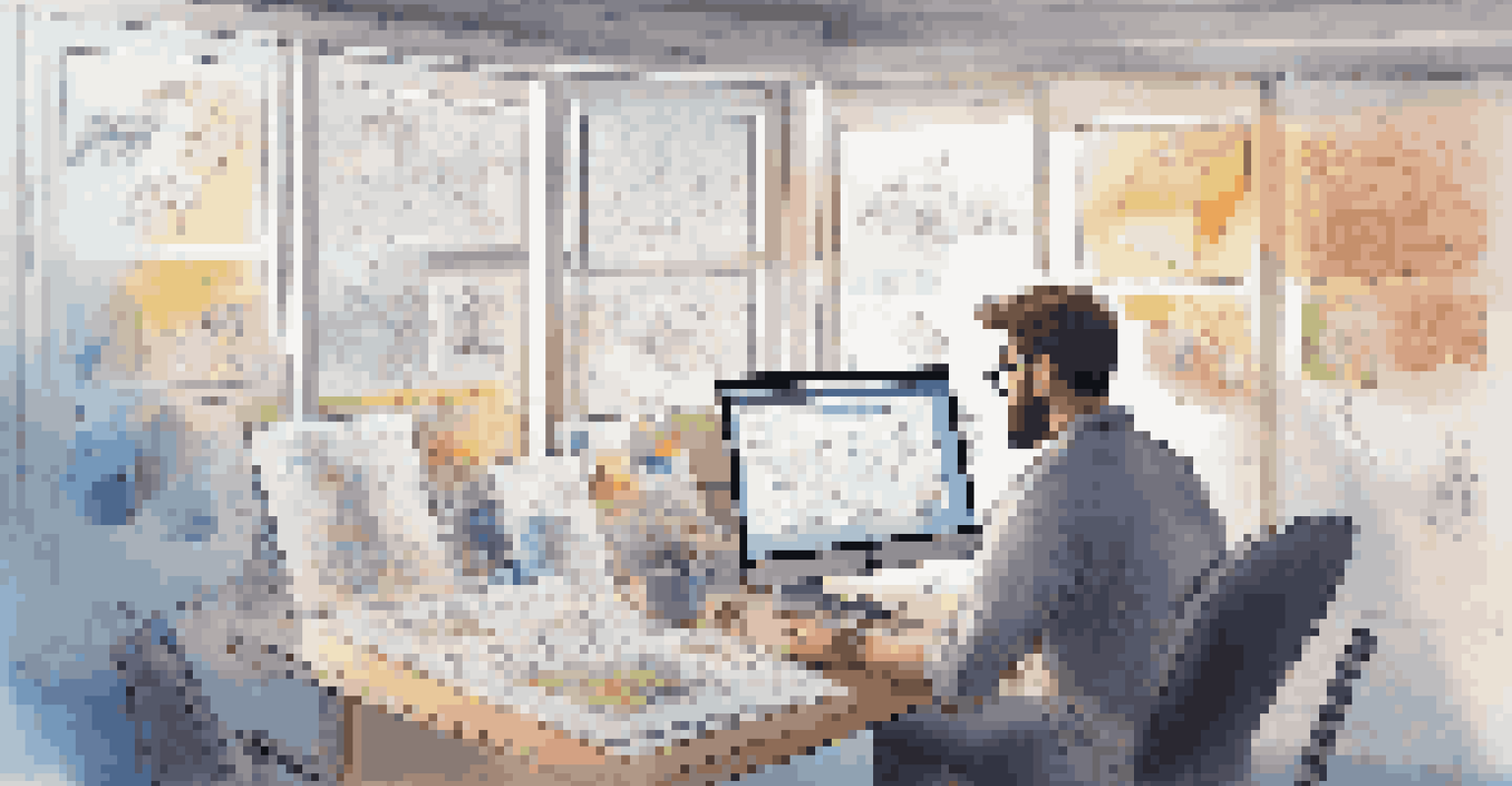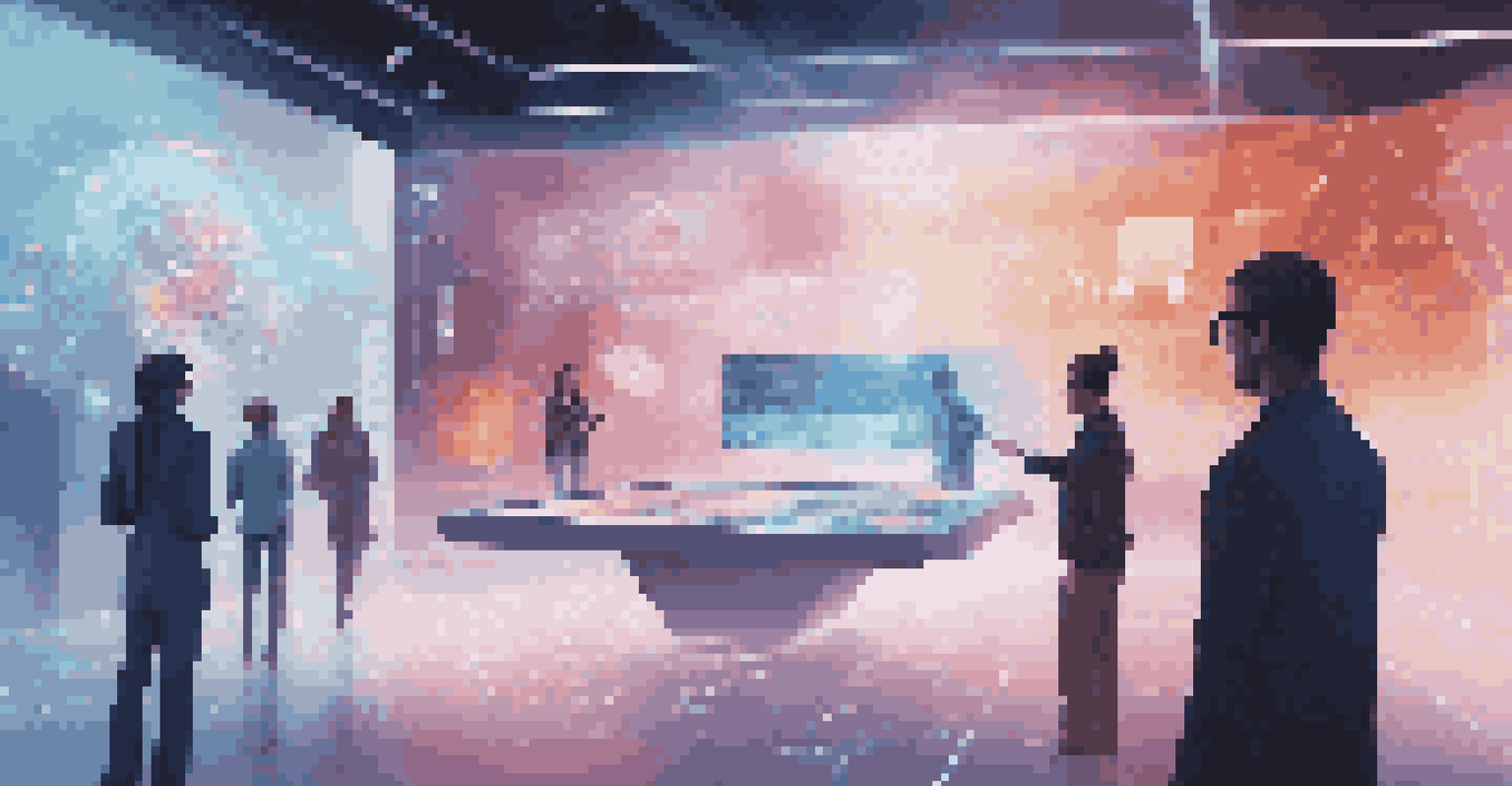Visual Storytelling: Enhancing Software through Design

Understanding Visual Storytelling in Software Design
Visual storytelling combines images, graphics, and text to engage users effectively. It's about presenting information in a way that resonates with users emotionally and intellectually. By weaving narratives into software design, we create an experience rather than just a product.
Design is not just what it looks like and feels like. Design is how it works.
In software, this means using visuals not just for aesthetics, but to guide users through their journey. Think of it as painting a picture where each element contributes to the overall story, making the software intuitive and relatable. When users can see their journey unfold through visuals, they are more likely to feel connected to the interface.
Ultimately, visual storytelling helps bridge the gap between complex functionalities and user understanding. It allows for a seamless interaction, where users can grasp concepts quickly and easily. This approach can significantly enhance user satisfaction and retention.
The Role of Design Elements in Storytelling
Design elements like color, typography, and imagery play pivotal roles in visual storytelling. Each element can evoke emotions and convey messages, much like characters and settings in a narrative. For instance, a calming blue color scheme can instill trust, which is crucial for financial apps.

Moreover, typography can guide user focus, helping them navigate through the software effortlessly. A well-chosen font can set the tone, whether it’s playful for a gaming app or professional for a business platform. When these elements work together harmoniously, they create a compelling visual story.
Visuals Enhance User Engagement
Incorporating visuals in software design transforms user experiences by making information relatable and intuitive.
Incorporating consistent design elements across the software not only enhances storytelling but also builds brand identity. Users begin to associate specific colors or styles with your brand, reinforcing their connection and loyalty over time.
Creating User-Centric Stories through Design
User-centric design focuses on understanding users’ needs, preferences, and behaviors. To tell a story that resonates, designers must immerse themselves in the user experience. This often involves research, user testing, and feedback loops to refine the narrative.
Storytelling is the most powerful way to put ideas into the world today.
By observing how users interact with the software, designers can identify pain points and opportunities for improvement. For example, if users seem confused about a feature, a visual cue or a narrative element can clarify its purpose. This iterative process ensures the design evolves along with user needs.
Ultimately, designing with the user in mind transforms the software into a tool that feels personal and intuitive. When users feel understood, they are more likely to engage deeply with the software and share their experiences with others.
Using Data Visualization for Engaging Stories
Data visualization is a powerful tool in visual storytelling, turning complex data into easily digestible visuals. Charts, graphs, and infographics can highlight trends and insights that might be lost in raw data. For instance, a dashboard displaying key metrics can tell a user about their progress at a glance.
When designed thoughtfully, data visuals can evoke emotions and drive action. A rise in a graph can signify success, while a drop might prompt needed changes. By embedding these visuals within the software, users can make informed decisions based on the story the data tells.
Consistent Design Builds Loyalty
Using consistent design elements reinforces brand identity and fosters user loyalty through emotional connections.
Additionally, integrating interactivity into data visualizations allows users to explore the information further. This not only enhances engagement but empowers users to uncover insights relevant to their unique situations.
The Power of Narrative in User Interfaces
Narrative design in user interfaces involves creating a storyline that guides users through their experience. This can be as simple as a tutorial that introduces new features or as complex as a gamified onboarding process. A well-crafted narrative makes the user journey feel coherent and purposeful.
For example, consider a fitness app that uses a storyline to encourage users to complete daily workouts. By framing each workout as a step in a larger quest, users feel motivated to engage consistently. This narrative approach not only enhances user experience but also fosters deeper connections with the software.
The key is to ensure that the narrative aligns with user goals and expectations. When users feel like they are part of a larger story, their engagement and satisfaction levels increase significantly.
Case Studies: Successful Visual Storytelling in Software
Looking at successful examples can provide valuable insights into effective visual storytelling. Take the language-learning app Duolingo, for instance. Its use of gamified elements and vibrant visuals creates a narrative that keeps users motivated to learn.
Another great example is Airbnb, which uses stunning imagery and user stories to create emotional connections with users. By showcasing real experiences, they invite potential customers to imagine their own journeys. This approach not only enhances the user experience but also builds trust and community.
Data Visualization Drives Decisions
Effective data visualization simplifies complex information, empowering users to make informed choices based on clear insights.
These case studies highlight how visual storytelling can elevate software design, making it more engaging and user-friendly. By analyzing successful applications, designers can glean ideas for their projects, ultimately improving user satisfaction.
Future Trends in Visual Storytelling for Software
As technology evolves, so does the landscape of visual storytelling in software design. Emerging trends such as augmented reality (AR) and virtual reality (VR) are set to revolutionize how users interact with applications. These immersive experiences can create a new level of engagement and storytelling.
Additionally, the increasing use of artificial intelligence (AI) in design tools promises to personalize user experiences further. By analyzing user behavior, AI can tailor visual narratives that resonate with individual preferences and needs. This shift toward personalization will make storytelling in software even more impactful.

As we move forward, incorporating these trends will be crucial for staying relevant in a competitive market. By embracing innovation, designers can continue to enhance user experience through compelling visual storytelling.